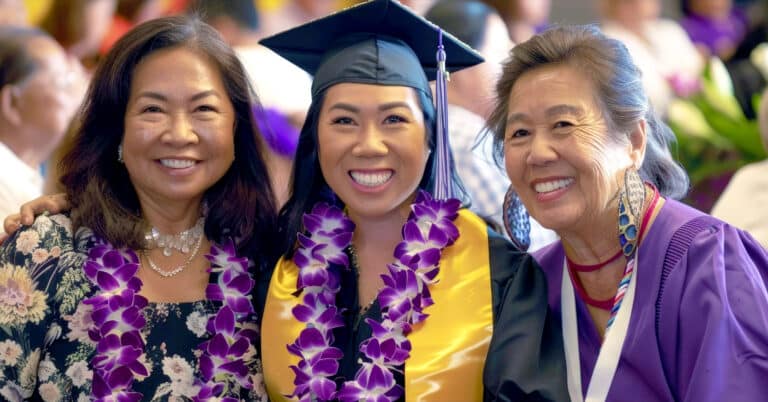Guest post by Mona Ford Walker
I lead a small public school located in Brighton, Massachusetts, called the Winship Elementary School. The Winship Elementary School is part of Boston Public Schools and serves 260 scholars — the name we give to our students — in grades K-5.
Our main goal at Winship is to utilize all of our resources to meet both the academic and social-emotional needs of our students. To accomplish this, we spent the last five years focusing on providing scholars with student-centered learning experiences and opportunities.
As a result of this focus, teacher collaboration grew, student achievement increased, test scores improved and engagement with families and partners deepened. These factors and more led to Winship’s designation as a Massachusetts School of Recognition two years in a row. We credit our success to the way we focus on meeting the academic and social-emotional needs of our students, foregrounding equity and narrowing our instructional approach to prioritize the implementation of rich, student-centered learning environments.
When done right, student-centered learning is an equity move.
Student-centered learning incorporates a variety of educational programs, instructional approaches, learning experiences and academic-support strategies to address the learning needs and assets of diverse students. Student-centered learning positions the student at the center of educational decision-making, curriculum design, instruction, assessment and improvement.
Rather than starting with content or curriculum, it asks: What does this student need to flourish in this learning environment, in this learning activity, in this moment?
How were we able to implement student-centered learning?
In 2015, the Department of Elementary and Secondary Education labeled our school as performing in the bottom 10% of schools in the state of Massachusetts. As the new principal, I knew that it would be crucial to conduct a needs-based assessment of the learning environment in order to identify what staff and students required to be successful. It was through this analysis that our team shifted our efforts to more intentionally meeting the academic, social, emotional and physical needs of all students.
We knew we needed to support teachers to adjust their instructional approaches using district-provided curriculum as the core content base and to implement embedded project-based learning opportunities in each classroom that were aligned with standards. Teachers were empowered to make instructional decisions with the best interest of students as the guide. This meant completely transforming the way learning took place. We did this by making sure to foreground equity and provide professional development opportunities that enhanced faculty capacity to deliver culturally-responsive forms of instruction. This meant all teachers had to know their students and their needs, and then meet those needs.
To do so, Winship’s staff relied on Zaretta Hammond’s book Culturally Responsive Teaching and the Brain to build their understanding of brain-based, equity-prioritizing teaching approaches that lead to deeper rigor and more active student engagement. Every staff member received a copy of the text and worked to apply student-centered learning in their environments. Sessions around Hammond’s book were led by members of the Instructional Leadership Team. Teachers in this role had developed expertise in leading grade level and content-based teams. The professional development sessions they supplied dived deeply into the key concepts of Hammond’s text that centered race and equity.
Equity has to drive everyone’s work! As principal, my job included leading us back to this core principle when we strayed from it, whether intentionally or unintentionally. Through our multi-year-long process diving into Hammond’s book, our team was able to engage in conversations around equity and hold each other accountable to operating with equity at the focus. The team was committed to providing students with highly engaging personalized learning experiences that were structured to inspire high levels of academic achievement, meet a wide variety of students’ social and emotional needs and guide students as they developed their critical thinking and problem-solving skillsets.
The six student-centered goals educators prioritized:
1. Students are engaged, challenged and motivated.
Students are highly engaged due to the multisensory nature of the learning environment. Lessons and learning experiences are structured to meet individual student needs. Lessons are adjusted constantly based on student assets and needs. Learning experiences are scaffolded.
2. Lessons can be done individually, in small groups, or whole group.
Students can go through their own lessons and develop their independent skills. The training that teachers receive allows them to prepare and implement lesson plans to introduce skills in whole group settings, and/or reinforce skills in small group rotational models. Students work at their own pace, constantly being challenged at their own levels.
3. Multiple forms of assessment are used.
Initial diagnostic assessments provide a good overview of the knowledge and skills students possess and what they need to work on. Students are tested through formative and summative assessments, to determine if they are ready to move on and to inform instruction.
4. Students receive targeted feedback in order to help them make progress.
Student feedback is tailored to inspire student opportunities for growth. Whether feedback is received through conferencing, written notes or questions, or through a rubric, feedback is provided to all students frequently.
5. Resources must be provided and shared between staff.
Teachers use student data to make informed decisions. Teachers refine strategies based on observed results and plan improvements whenever data suggests the need for change.
6. Family engagement is a must!
Family engagement is prioritized so that learning extends beyond the classroom into homes and communities where rich, culturally-responsive learning opportunities abound.
To ensure student-centered learning is successful in our school, we focus on equity, engage educators as learners and leaders and develop goals for our students that align both with academic standards and community needs. With this shared vision in mind, our staff, parents and community have built a school that is centered around our students and their passions, assets and goals. Come visit!
When writing this, Mona Ford Walker was the principal of the Winship Elementary School in Brighton, Massachusetts where she proudly served a population of 250 students from kindergarten through fifth grade.






